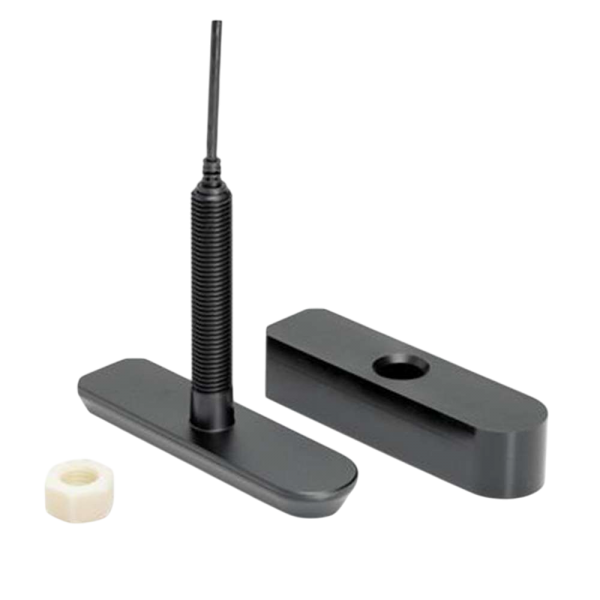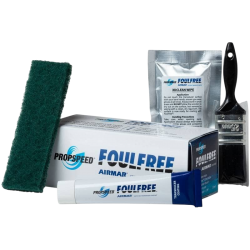- -€34.17
Data sheet
- Probe Mounting
- Traversante
- Product type
- Probe
HUMMINBIRD- SH-B107T - XPTH-9-HW-MSI-T - THE ULTIMATE PROBE
The new probe from Humminbird is a technological jewel. It delivers images of incomparable quality and sharpness.
The through-beam probe uses Dual Spectrum CHIRP, Mega Down Imaging + and Mega Side Imaging + technologies, guaranteeing top performance.
|
|
DUAL SPECTRUM CHIRP TECHNOLOGYDual Spectrum Chirp technology means you'll never lose sight of your lure again, and you'll be able to locate fish quickly thanks to the wide beam (140-200 Hkz). Optimize detail and bottom reading with the narrow beam operating at 180-240HKz. Combine the two beams to make the most of both frequency ranges. |
MEGA DOWN IMAGING +Mega Down Imaging+ technology takes Down imaging performance to the next level, doubling the depth of use of Mega Down imaging. You can now explore depths at very high frequencies that were previously inaccessible... while maintaining breathtaking image quality. |
 |
 |
MEGA SIDE IMAGING +Mega Side Imaging + technology allows you to scan up to 60m on either side of the boat, i.e. 120m of Mega Imaging scanning! Thanks to its new signal processing, Mega imaging+ lets you use the zoom mode in MSI+ view without any loss of detail. This means you can zoom in up to six times while maintaining impressive image quality. |
KEY FEATURES
|
BOX CONTENTS :
|
FREQUENCIES :DUAL SPECTRUM- Narrow beam 180-240 kHz - Wide beam 140-200 kHz - MEGA DI+ (1100-1200 kHz) - MEGA SI+ (1050-1175 kHz) MEGA IMAGING+ - 405-535KHz - 780-860KHz - 1.000-1.300KHz |
Accessories
Customer Reviews (0)
Questions / Answers (1)
Bonjour la sonde peut etre collée en interne dans le bateau merci
Bonjour Simon, non pas du tout, ce type de sonde , comme son nom l'indique est "traversante" cela signifie qu'il vous faut faire un trou au travers de la coque. Pour en apprendre plus sur l'installation des différents types de sonde (tableau arrière, à coller, traversantes), découvrez notre guide : "installation d'une sonde bateau". Retrouvez nos sondes à coller dans la catégorie sonde bateau > filtre : sonde à coller.

















